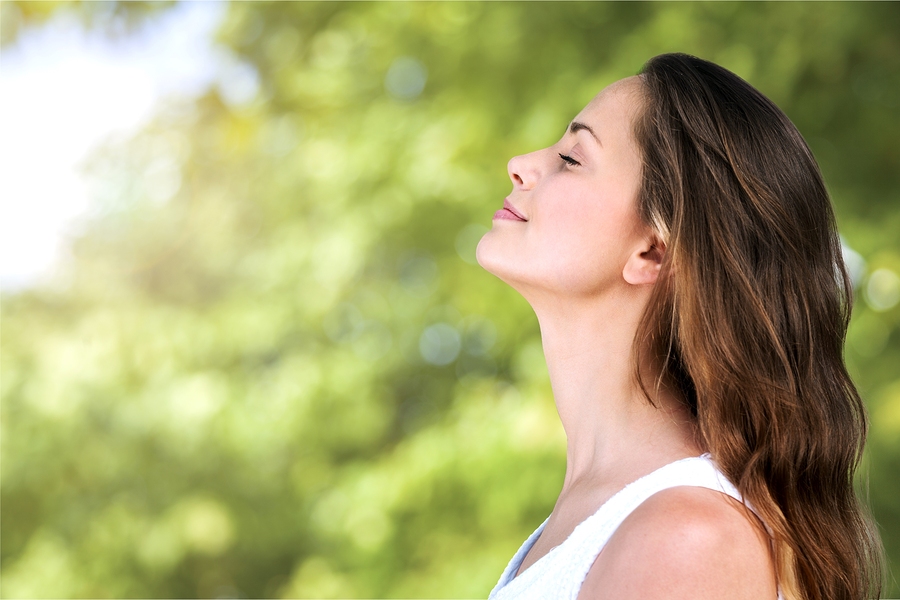Meditation has become essential in the lives of many people. But, the practice is not easy to learn. You must exercise patience if you want to learn meditation. On the other hand, Yoga is defined as a spiritual and austere discipline which originated in Northern India about 5,000 years ago. The discipline involves simple reflection, adoption of body postures, and breathing control. Most people practice Yoga for health purposes and relaxation. How then are the two interrelated?
Yoga vis-à-vis Meditation
Yoga and meditation work to minimize emotional and physical distress thus increasing the person’s energy as well as complete potential in life. Yoga gurus say the practice is holistic and interconnected. It combines three primary elements which are Meditation (Dhyana), Physical Posture (Asanas), and Breathing (Pranayama).
Buddhist tradition dictates that mindfulness meditation is the capacity to focus on specific objects stressing the need to achieve beneficial instead of negative thoughts. This ritual in a Yoga Class facilitates enhanced responsiveness and concentration more than fighting back or clearing the mind of unpleasant ideas. In short, Yoga and Meditation reinforces the learning process of disengaging from evaluative manner of thinking (referring to making assessments). It is done by nurturing attention and curiosity to constant responses to feelings and emotions.
Yoga Combats Depression
In the aspect of mental health, mind and body remedies have become more extensive in the promotion of psychological welfare. According to scientific research, mindfulness consciousness skills are related to improvements in moods that takes away anxiety. Yoga can help deal with depression by coping with the inclination to keep thinking about particular ideas and sentiments like reflection as well as abnormal thought patterns.
The skills of mindfulness carried out in Yoga sessions result to mood changes and acquiring coping techniques. Individuals who practice Yoga observe instead of judge such mood shifts. Such proficiency also helps prevent going back to the state of depression by neutralizing nervousness and idleness associated with depression. It promotes a feeling of self-mastery as the Yoga student becomes acquainted in breathing while switching positions. However, there are possible distractions like losing concentration or balance.
8 Limbs
Regular Meditation and Yoga can encourage active participation in resolving issues and achieving self-restraint while improving emotional wellbeing. To summarize, these two practices have a connection. Yoga is a very old and conventional way of life. It encompasses thinking and practice with good health and comfort as ultimate goals. Meditation is the complicated component of Yoga with its eight limbs or extremities.
The eight limbs are the following:
- Yamas (What not to do or restraints)
- Niyamas (What to do or observations)
- Asanas (Exercises and postures)
- Pranayamas (Breathing exercises and techniques)
- Pratyahara (Control of the student’s senses)
- Dharana (Concentration or focus)
- Dhyana (Meditation)
- Samadhi (Super-conscious state)
These limbs are integral to the practice. More than these, people who engage in Yoga and meditation are supposed to follow the rules wholeheartedly to become successful.

